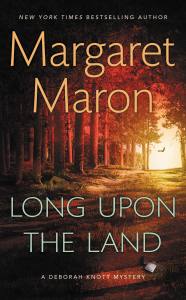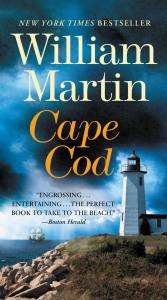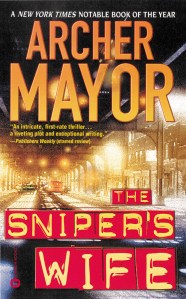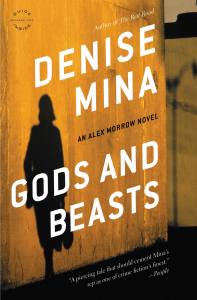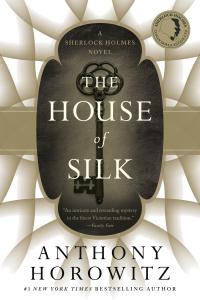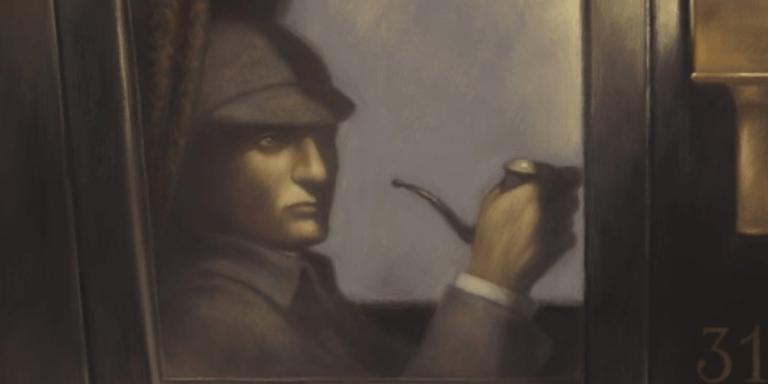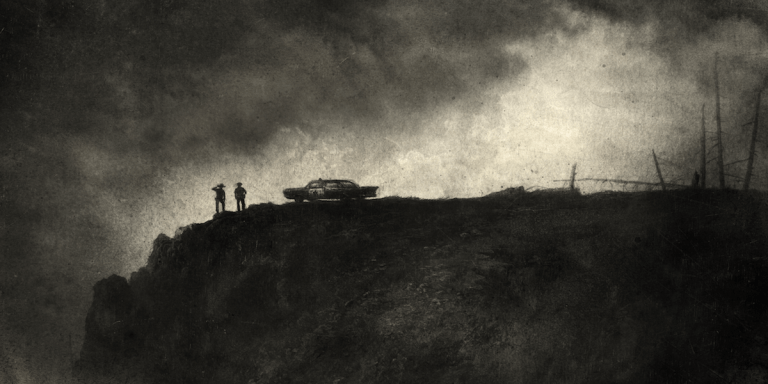Ten Crime-Solving Sleuths Who Face Danger at Every Turn

From small town sleuths to big city busts, these crime-solving mysteries have danger at every turn.
Young Willie is on the run, having fled his small Texas farm when an infamous local landowner murdered his father. A man named Loving takes him in and trains him in the fine arts of shooting, riding, reading, and gardening. When Loving dies, Willie re-christens himself Nat Love in tribute to his mentor, and heads west.
In Deadwood, South Dakota Territory, Nat becomes a Buffalo Soldier and is befriended by Wild Bill Hickok. After winning a famous shooting match, Nat’s peerless marksmanship and charm earn him the nickname Deadwood Dick, as well as a beautiful woman. But the hellhounds are still on his trail, and they brutally attack Nat Love’s love. Pursuing the men who have driven his wife mad, Nat heads south for a final, deadly showdown against those who would strip him of his home, his love, his freedom, and his life.
On a quiet August morning, Judge Deborah Knott’s father Kezzie makes a shocking discovery on a remote corner of his farm: the body of a man bludgeoned to death. Investigating this crime, Deborah’s husband, Sheriff’s Deputy Dwight Bryant, soon uncovers a long-simmering hostility between Kezzie and the slain man over a land dispute. The local newspaper implies that Deborah’s family may have had something to do with the murder-and that Dwight is dragging his feet on the case.
Meanwhile, Deborah is given a cigarette lighter that once belonged to her mother. The cryptic inscription inside rekindles Deborah’s curiosity about her parents’ past, and how they met. For years she has wondered how the daughter of a wealthy attorney could have married a widowed, semi-illiterate bootlegger, and this time she’s determined to find the answer.
But why are Deborah’s brothers so reluctant to talk about the dead man? Is the murder linked to Kezzie’s illegal whiskey business? And could his courtship of Deborah’s mother have something to do with the bad blood between the two families? Despite Deborah’s promise not to interfere in Dwight’s work, she cannot stop herself from doing everything she can to help clear her brothers and her father from suspicion . . .
Two families, both carried by the Mayflower across stormy seas… both destined to generations of proud leadership, shameful intrigue, and passion for the sandy crest of land that became their heritage…
This is the story of the Bigelow and Hilyard clans, from their first years on America’s shores, through the fury of her wars and the glory of her triumphs, to our own time when young Geoff Hilyard must fight to save both his marriage to a Bigelow heir and the windswept coast he loves. It is a struggle that will take him deep into the past, to a centuries-old feud that never died..And on a dangerous quest for a priceless relic of American history that has lain hidden in the Cape for over two hundred years.
Homicide cop Tom McMichael is on the rotation when an 84-year-old city patriarch named Pete Braga is found bludgeoned to death. Not good news, especially since the Irish McMichaels and the Portuguese Bragas share a violent family history dating back three generations. Years ago Braga shot McMichael’s grandfather in a dispute over a paycheck; soon thereafter Braga’s son was severely beaten behind a waterfront bar–legend has it that it was an act of revenge by McMichael’s father.
McMichael must put aside the old family blood feud, and find the truth about Pete Braga’s death. Braga’s beautiful nurse is a suspect–she says she stepped out for some firewood, but key evidence suggests otherwise. The investigation soon expands to include Braga’s business, his family, the Catholic diocese, a multi-million dollar Indian casino, a prostitute, a cop, and, of course, the McMichael family.
Three years ago, a Seattle family ran for their lives in a hail of bullets. Hired by three kids to find their missing father, Elvis now must pick up the cold pieces of a drama that began that night. What he finds is a sordid tale of high crimes and illicit drugs. As clues to a man’s secret life emerge from the shadows, Elvis knows he’s not just up against ruthless mobsters and some very angry Feds. He’s facing a storm of desperation and conspiracy—bearing down on three children whose only crime was their survival . . .
It’s the week before Christmas when a lone robber bursts into a busy Glasgow post office carrying an AK-47. An elderly man suddenly hands his young grandson to a stranger and wordlessly helps the gunman fill bags with cash, then carries them to the door. He opens the door and bows his head; the robber fires off the AK-47, tearing the grandfather in two.
DS Alex Morrow arrives on the scene and finds that the alarm system had been disabled before the robbery. Yet upon investigation, none of the employees can be linked to the gunman. And the grandfather-a life-long campaigner for social justice-is above reproach. As Morrow searches for the killer, she discovers a hidden, sinister political network. Soon it is chillingly clear: no corner of the city is safe, and her involvement will go deeper than she could ever have imagined.
London, 1890. 221B Baker St. A fine art dealer named Edmund Carstairs visits Sherlock Holmes and Dr John Watson to beg for their help. He is being menaced by a strange man in a flat cap—a wanted criminal who seems to have followed him all the way from America. In the days that follow, his home is robbed, his family is threatened. And then the first murder takes place.
Almost unwillingly, Holmes and Watson find themselves being drawn ever deeper into an international conspiracy connected to the teeming criminal underworld of Boston, the gaslit streets of London, opium dens and much, much more. And as they dig, they begin to hear the whispered phrase—the House of Silk—a mysterious entity that connects the highest levels of government to the deepest depths of criminality. Holmes begins to fear that he has uncovered a conspiracy that threatens to tear apart the very fabric of society.
When a young woman’s body is discovered in the summer of 1910 Vienna, the Inspector’s wife is certain the figs found in her stomach during the autopsy are the clue to the identity of the murderer—for there are no fresh figs in Vienna at this time of year.
By clicking 'Sign Up,' I acknowledge that I have read and agree to Hachette Book Group’s Privacy Policy and Terms of Use

